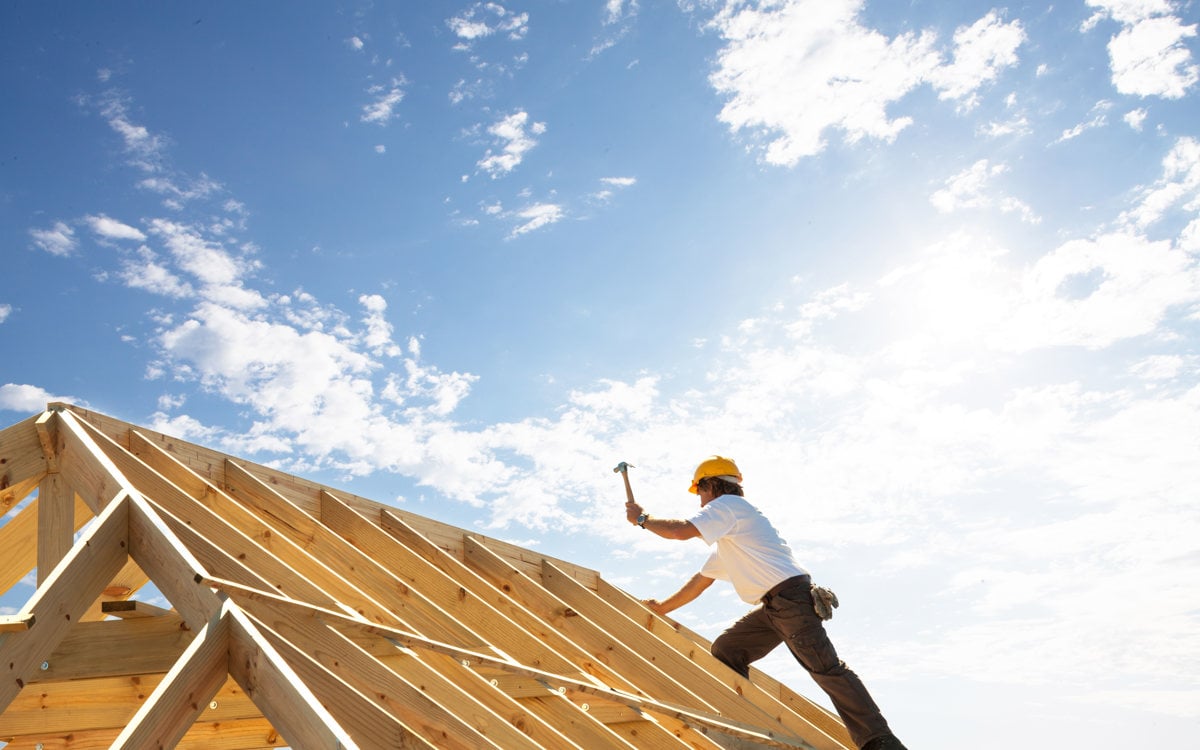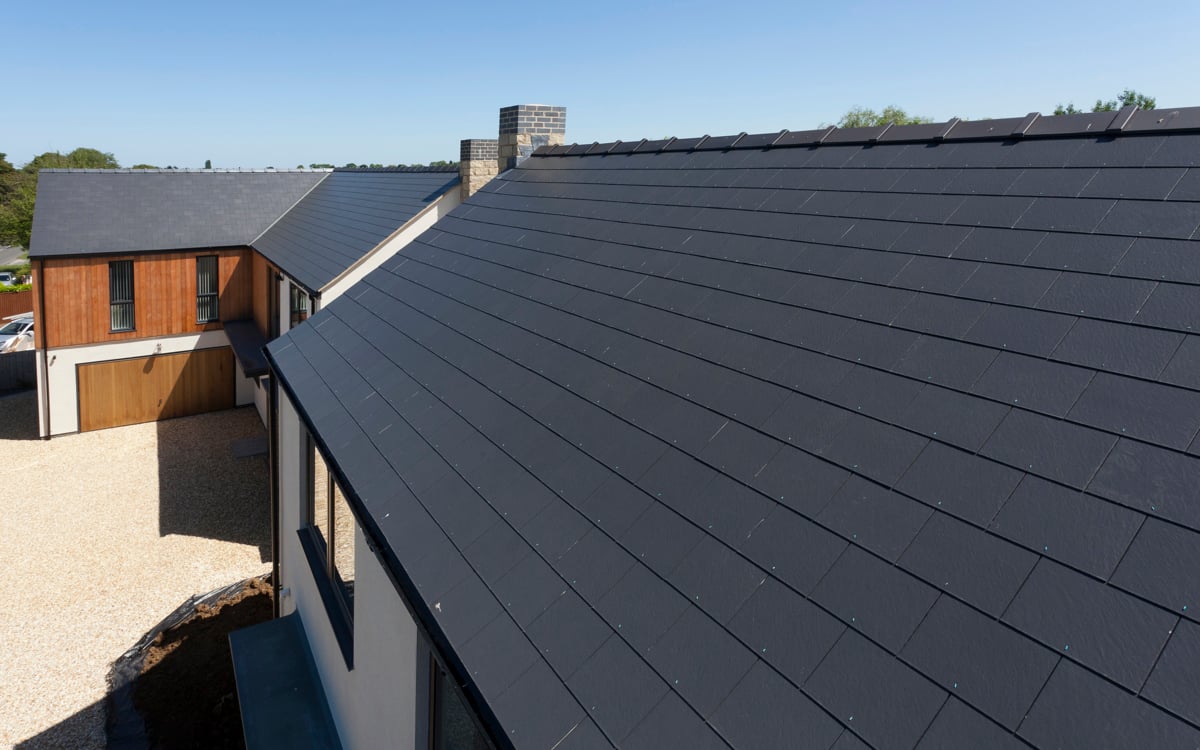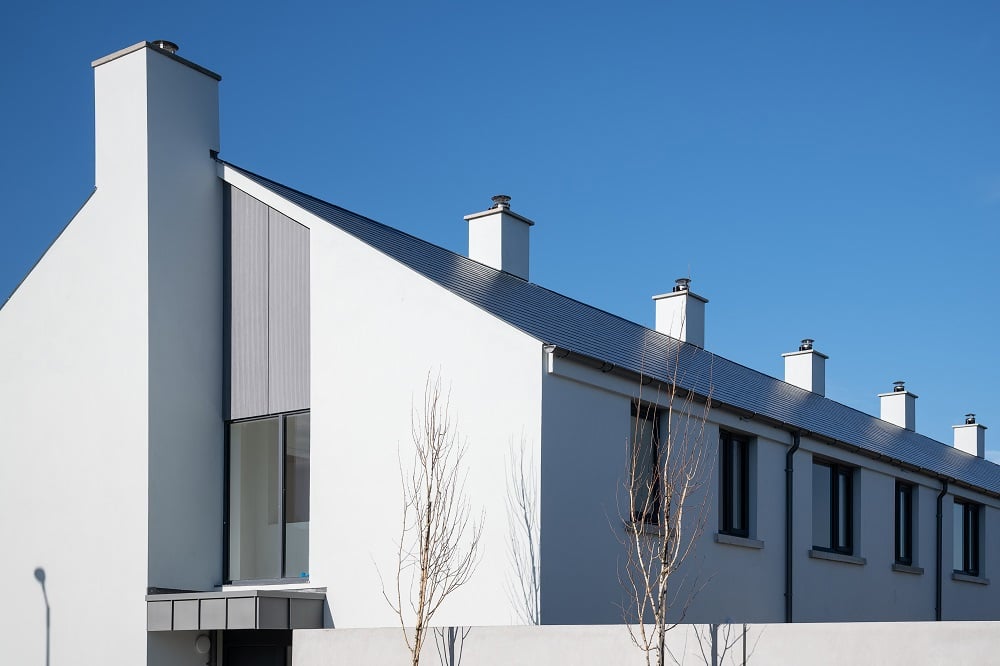
British weather is well known for being very changeable and at times challenging to work in - particularly when you are working at height.
We would advise engaging a qualified roofing contractor to carry out work on your roof but, if you are carrying out the work yourself, you should take extra care in anything other than ideal conditions.
Anyone fitting or repairing a roof needs to be aware – not only of the weather – but also how quickly it may change. Working in rainy or icy conditions can be dangerous and it’s vital to ensure you keep yourself safe from wind while working on a roof.

The Work at Height Regulations 2005 specifically require that you consider weather conditions when planning any work at height. Rain, ice or snow can make a secure footing as slippery as a skating rink. A roof should always be inspected before work starts to see if conditions have changed and to check whether it is safe to work.
Before work starts you need to consider the position and height of the roof as well as the size of the material being handled. Then you need to measure the wind speed with an anemometer (hand-held windmeter).
It is normal for wind speeds at ground level to be relatively low but the speed can increase rapidly with altitude. You should take wind speed measurements with an anemometer at the actual place of work – at the eaves or the ridge – rather than on the ground.

In use, the windmeter is held with its axis vertical at arm’s length and with the arm at right angles to the wind direction to ensure that the disturbance of the airflow, caused by the observer’s body, is reduced as much as possible.
At least two readings of mean wind speed (each reading being taken over at least 15 seconds) should be taken within the overall period of observation. When the readings differ by less than 10 mph the average is recorded. If the readings differ by more than 10 mph then a third reading should be taken and the average of all three readings recorded as the mean wind speed.
It’s also important to take note of the area surrounding the building and how this may affect wind direction surrounding buildings can create particular wind problems due to. They may cause additional wind pressure, eddies or whirlwind effects or higher gusts than expected.

Gusts of wind can be significantly higher than the average wind speed up to one and a half times the average speed in open, level country and as much as twice the average speed in city centres.
All laying or handling of slates, tiles, battens and felt at roof level should cease when the (average) mean wind speed reaches 23 mph (gusting to 35 mph or over).
For guidance about prospects for the day’s work and whether it will be necessary to make any wind speed checks on site the local area weather forecast can be obtained from Weathercall (an automatic telephone service) supplied by the Met Office. Further information is available at metoffice.gov.uk.
